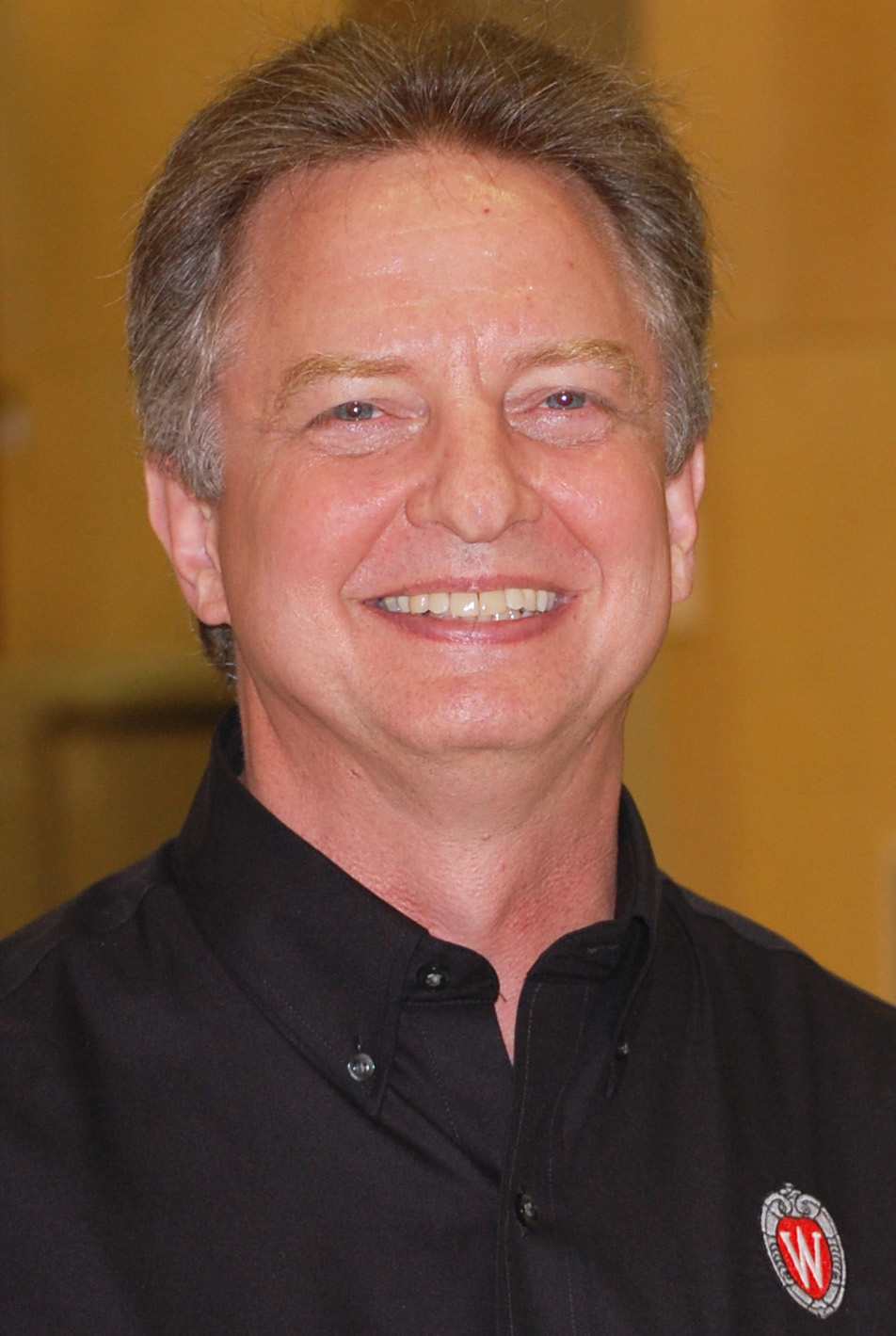Program Information
President's Symposium: Revitalizing Scientific Excellence: Turning Research Into Clinical Reality Through Translational Research

J Boone
B Minsky
R Arenson
R Pettigrew
C Yu
E Jackson
J Boone1*, B Minsky2*, R Arenson3*, R Pettigrew4*, C Yu5*, E Jackson6*, (1) University of California Davis School of Medicine, Sacramento, CA, (2) ASTRO,(3) RSNA,(4) NIH/NIBIB, Bethesda, MD, (5) Univ Maryland School of Medicine, Baltimore, MD, (6) University of Wisconsin, Madison, WI
Presentations
MO-C-BRB-0 (Monday, July 13, 2015) 10:15 AM - 12:15 PM Room: Ballroom B
Diagnostic radiology and radiation oncology are arguably two of the most technologically advanced specialties in medicine. The imaging and radiation medicine technologies in clinical use today have been continuously improved through new advances made in the commercial and academic research arenas. This symposium explores the translational path from research through clinical implementation. Dr. Pettigrew will start this discussion by sharing his perspectives as director of the National Institute of Biomedical Imaging and Bioengineering (NIBIB). The NIBIB has focused on promoting research that is technological in nature and has high clinical impact. We are in the age of precision medicine, and the technological innovations and quantitative tools developed by engineers and physicists working with physicians are providing innovative tools that increase precision and improve outcomes in health care. NIBIB funded grants lead to a very high patenting rate (per grant dollar), and these patents have higher citation rates by other patents, suggesting greater clinical impact, as well.
Two examples of clinical translation resulting from NIH-funded research will be presented, in radiation therapy and diagnostic imaging. Dr. Yu will describe a stereotactic radiotherapy device developed in his laboratory that is designed for treating breast cancer with the patient in the prone position. It uses 36 rotating Cobalt-60 sources positioned in an annular geometry to focus the radiation beam at the system’s isocenter. The radiation dose is delivered throughout the target volume in the breast by constantly moving the patient in a planned trajectory relative to the fixed isocenter. With this technique, the focal spot dynamically paints the dose distribution throughout the target volume in three dimensions.
Dr. Jackson will conclude this symposium by describing the RSNA Quantitative Imaging Biomarkers Alliance (QIBA), which is funded in part by NIBIB and is a synergistic collaboration between medical physicists, radiologists, oncologists, industry representatives, and other stakeholders. The mission of QIBA is to improve the accuracy and practicality of quantitative image-based biomarkers by increasing precision across devices, patients, and time, an essential step in incorporating quantitative imaging biomarkers into radiology practice. Validated quantitative imaging biomarkers are necessary to support precision medicine initiatives, multimodality / multiparametric applications in medicine, treatment planning and response assessment, and radiogenomics applications. Current applications in the QIBA portfolio extend to cancer diagnosis and treatment, pulmonary diseases, and neurological disorders.
The overall goal of this symposium is to illustrate the bidirectional exchange between medical research and clinical practice. Revitalizing scientific excellence in clinical medical physics challenges practitioners to identify clinical limitations, which then drive research innovation; research funded by the NIH and other agencies develops technological solutions to these limitations, which are translated to the care environment to ultimately improve clinical practice in radiology and radiation oncology.
Contact Email:







